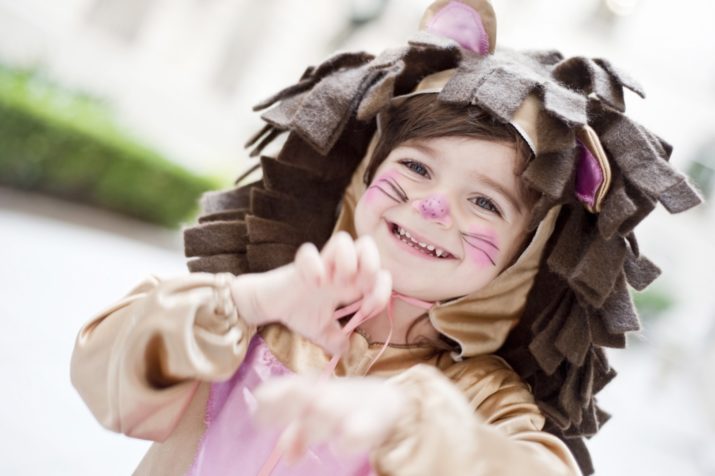
Playing pretend with kids is a great opportunity to bond with children, but imaginative play offers many other benefits. Kid playtime offers opportunities for children to develop social skills, develop empathy, and practice their problem-solving abilities.
Types of Pretend Play
First off, let’s put an old myth to rest. Playing pretend does not make your child unable to distinguish fantasy or reality. In the rare cases where children do have difficulty making this distinction, the problem can usually be traced to some underlying disorder, not imaginative play. Pretend play is a perfectly normal part of childhood, and necessary for healthy emotional, cognitive, and social development.
Pretend play begins at an early age with “fantasy” play, and evolves into “sociodramatic” play as the child grows. Knowing the difference between these two types of play and being able to identify them helps you when you’re playing pretend with kids, as you’ll know what your child is expecting from you.
Fantasy Play usually begins around age two, and reaches its peak in the preschool years. A key component of fantasy play is the child’s regular insistence that the play is pretend. He or she does not stay “in character” while playing, due to the need to tell others the play is pretend and not real.
Sociodramatic play is a more complex type of imaginative kid playtime. The child does not feel the need to explain what he or she is doing is pretend, and usually imitates stories or situations the child is exposed to.
Both types of pretend play are healthy, and both may occur when the child is alone or playing with peers. Pretend play is important because children:
· Improve social skills when playing with others (“let’s pretend” is a social invitation)
· Develop empathy for others (pretending to be someone else requires the child to consider the world from the pretend character’s point of view)
· Learn more about the world (playing with peers introduces children to new information)
· Learn how to express and regulate emotion in safe environments
· Improve language skills
· Practice problem-solving and conflict resolution skills.
Imaginative kids’ playtime even provides an opportunity to improve reading skills. Children who read to stuffed animals like the fluffy bunny in our My Snuggle Bunny Gift Set are actively engaged with books and practicing important literacy skills.
Playing Pretend with Kids
Playing pretend with kids helps children develop their imaginative, cognitive, and social skills. When you play, keep in mind whether your child is at the fantasy or sociodramatic stage, and adjust your own play accordingly. For instance, if the child is at the fantasy stage, agree when he says this is just pretend. If you’re worried about problems differentiating between fantasy and reality, make a point of saying things like “this is a silly game,” giggling, and reinforcing that the game is pretend.
At the sociodramatic stage, children are ready for quite sophisticated imaginative play. You can introduce problems and issues for the characters in the game to overcome. This provides opportunity to sneak some practical, “real-life” situations into the game. Let the child take the lead for the most part, though, which gives her practice leading a group and making decisions.
Playing pretend with kids is more fun if you have a few playtime props. Who wants to pretend to be a pirate without a fancy hat or customized bandana? Making a play trunk filled with costumes, old clothes, play money, backpacks, used plane tickets, and old telephones increases the fun of imaginative play. And don’t forget the appeal of a large cardboard box, which pretend play transforms into a castle, home, hospital, space ship, cave, car, or pirate ship!
Above all, have fun. Playing pretend with kids creates memories you’ll cherish when your little ones are all grown up!


